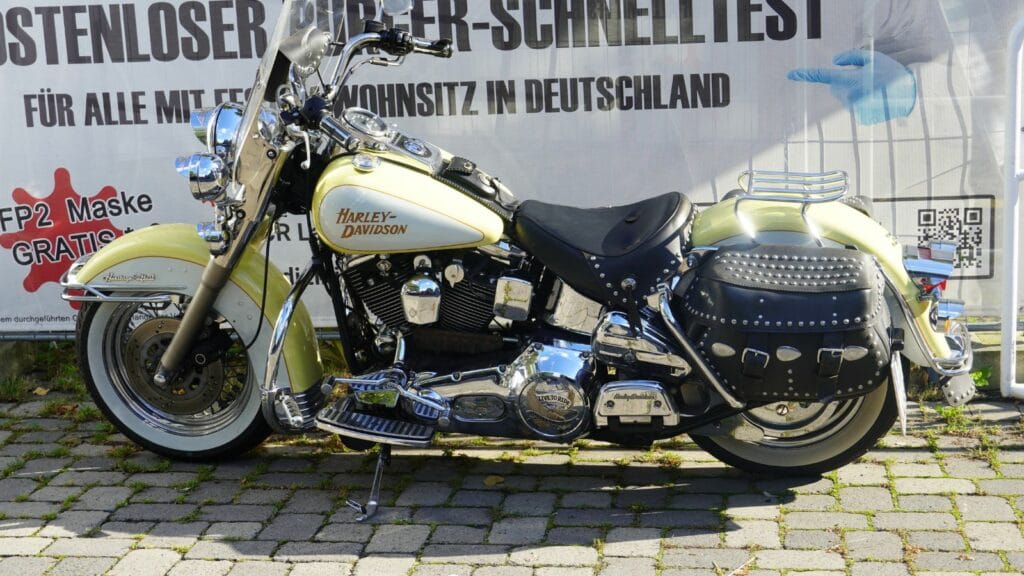Motorcycles are far more than simple machines on two wheels. They shape entire cultures, define eras, and inspire loyalty that borders on obsession. Over the past four decades, certain bikes have not only pushed engineering forward but also earned legendary status among riders across North America and beyond. These are the 15 motorcycles that changed how people think about riding, blending style, performance, and soul in ways that keep them iconic even today.
Honda CB750F (1980s)

Honda had already shocked the world in 1969 with the first CB750, but by the 1980s the CB750F refined the formula into something more modern and practical. With its smooth inline four and updated styling, the bike represented Honda’s ability to build dependable machines that still delivered thrills. It appealed to everyday riders who wanted sport performance without sacrificing reliability or comfort. The CB750F set the stage for decades of Japanese bikes that could balance excitement with durability, making it an icon of its time.
Kawasaki GPZ900R Ninja (1984)
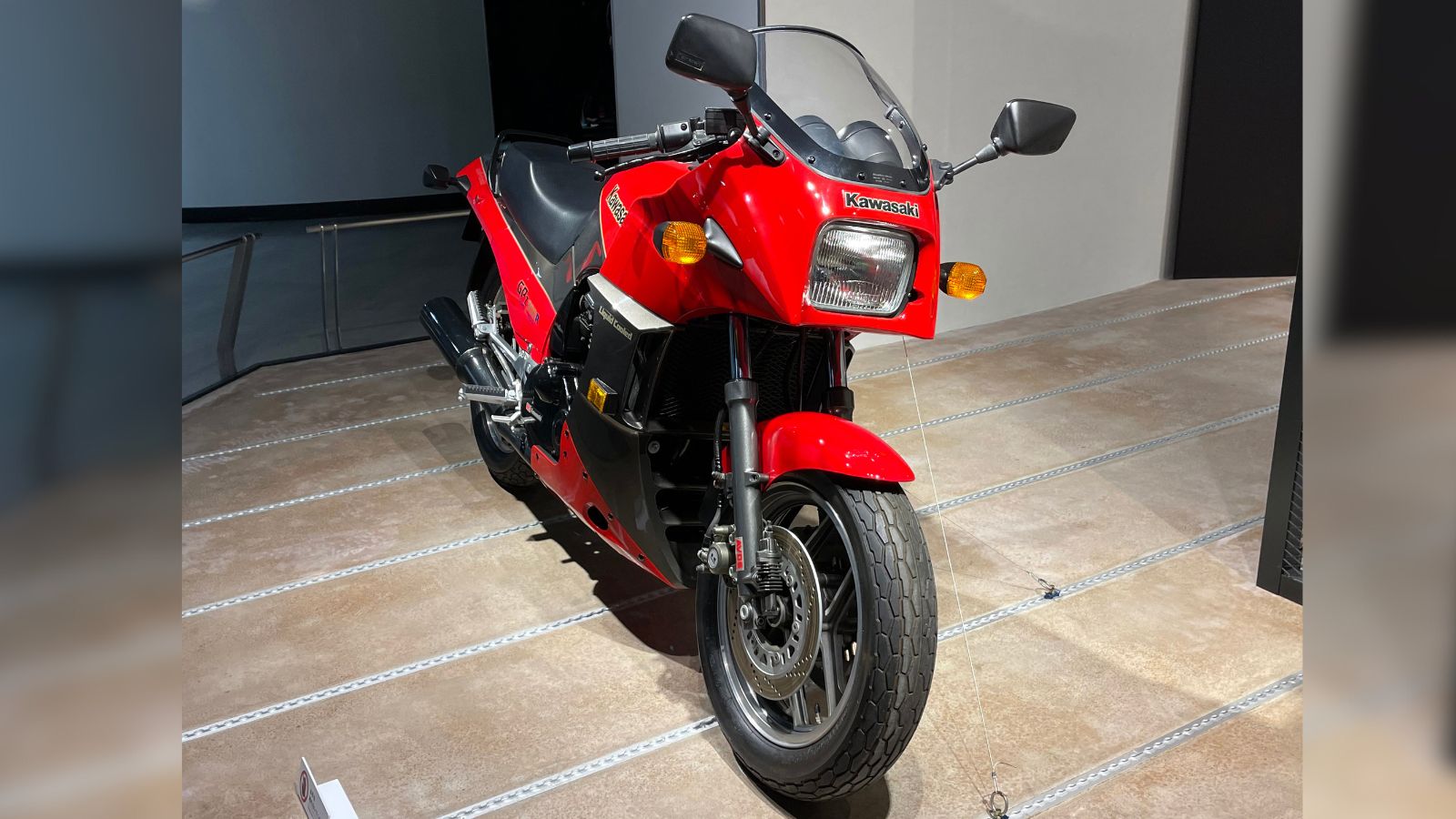
Kawasaki introduced the GPZ900R and suddenly the word Ninja became synonymous with speed. This bike was groundbreaking, offering liquid cooling, a 16 valve engine, and over 150 mph of performance in a sleek and modern package. It was also immortalized on screen in Top Gun, cementing its place in pop culture. The GPZ900R didn’t just change Kawasaki’s fortunes; it ushered in the era of modern superbikes. Its influence continues to ripple through every Ninja sportbike that came after it.
Harley Davidson Softail (1984)
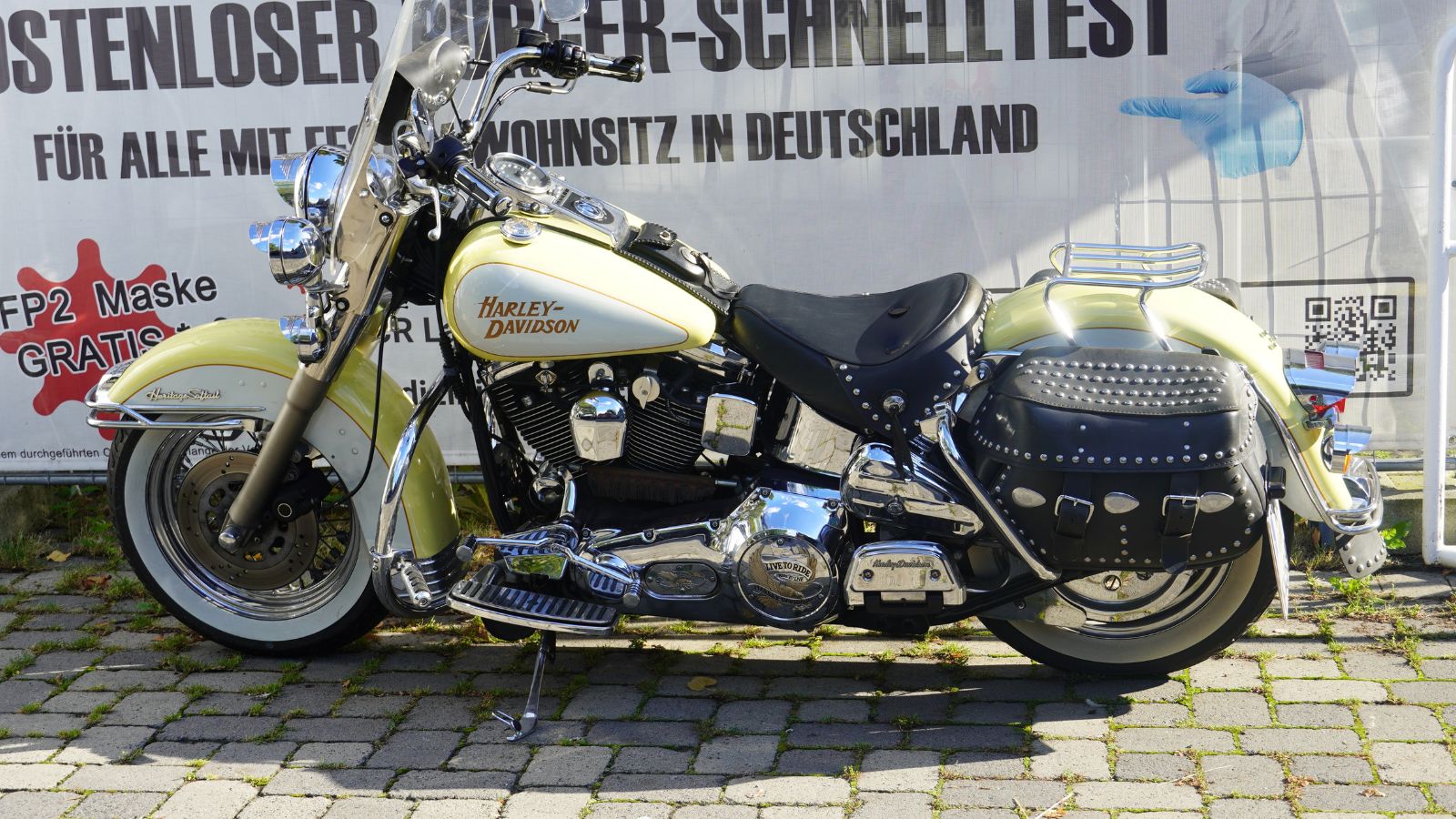
Harley riders wanted vintage style but not the backbreaking ride of a hardtail frame. The Softail solved this by cleverly hiding a rear suspension system inside what looked like a rigid chassis. This stroke of design genius gave riders the best of both worlds: classic looks with modern comfort. It became a Harley staple and was customizable to the core, suiting riders from weekend cruisers to hardcore enthusiasts. The Softail embodies Harley’s knack for keeping heritage alive while adapting to modern needs.
Suzuki GSX R750 (1989)
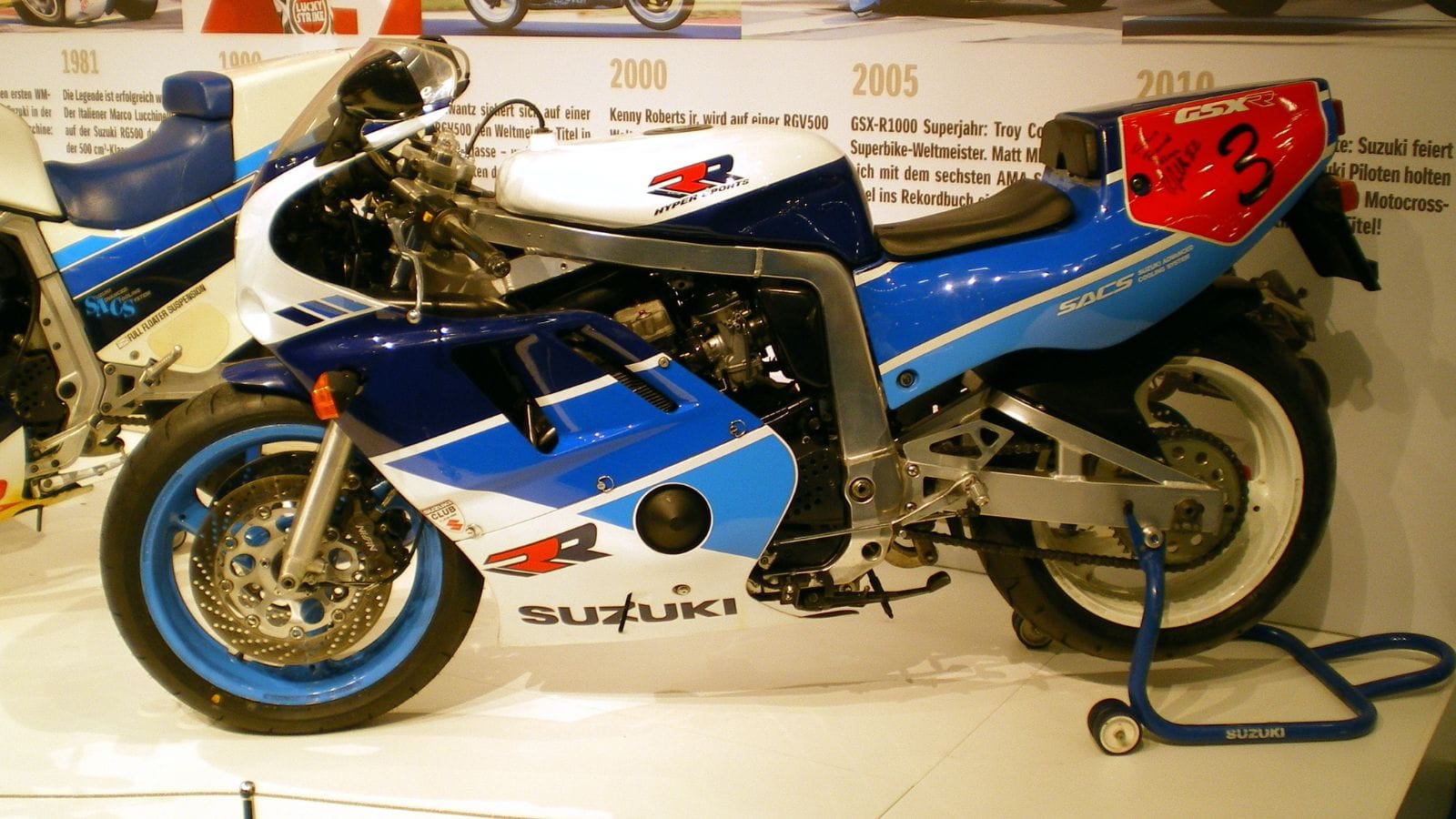
By 1989, Suzuki had perfected what it called the race bike for the road with the GSX R750. Unlike the heavier machines of the early 80s, this bike was lightweight, fast, and razor sharp. It came with aluminum frames and styling that screamed performance. Riders who wanted track level handling could finally get it in a showroom. The 1989 GSX R750 remains one of the most important sportbikes ever built, giving rise to the entire race replica movement that still dominates today.
Honda Africa Twin (1988)
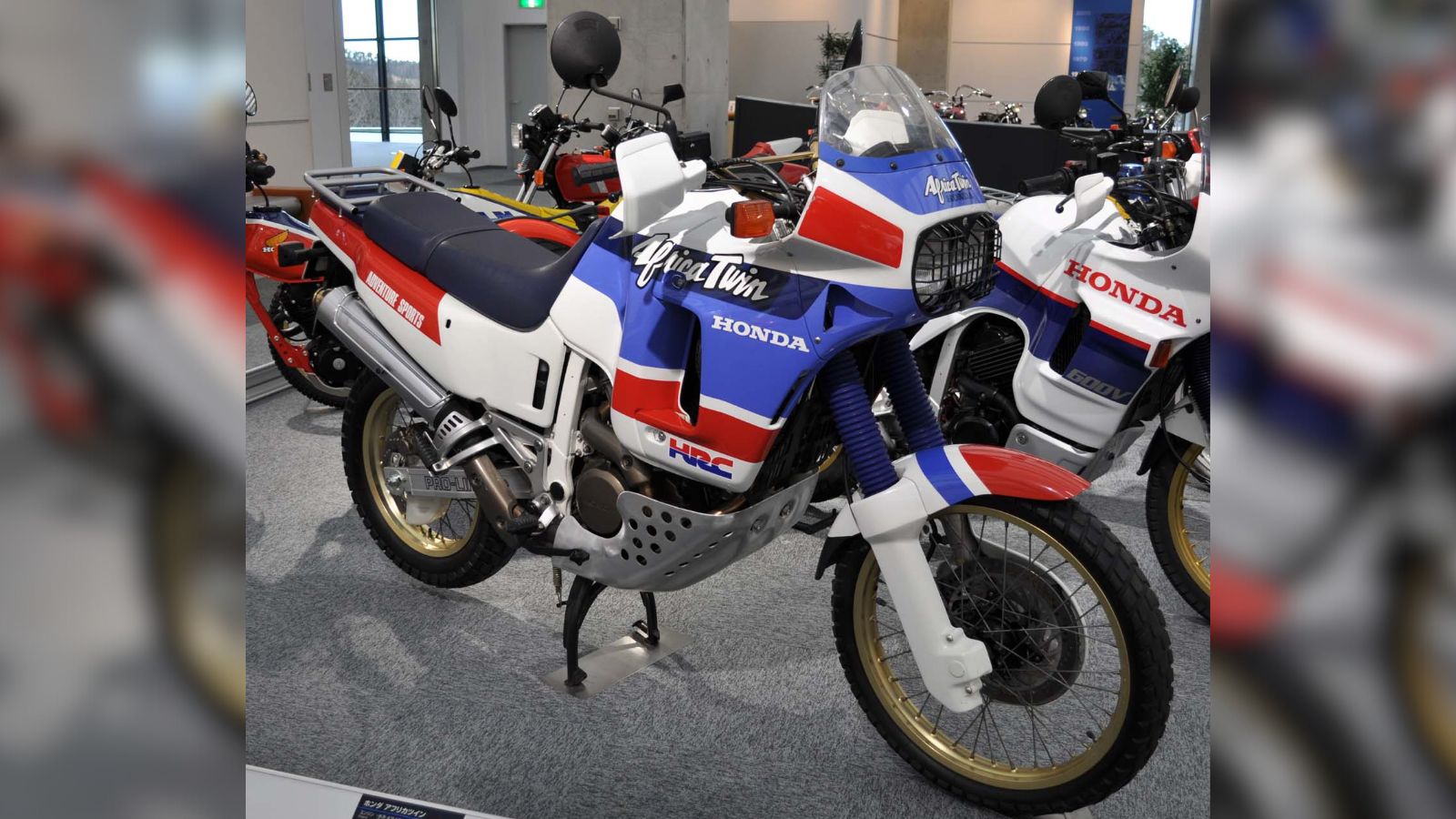
Adventure riders found their holy grail in the Africa Twin. Inspired by Honda’s success in the grueling Dakar Rally, the bike was durable, versatile, and ready for long distance exploration. Riders used it for real world expeditions across deserts, forests, and mountain ranges. The Africa Twin made the idea of adventure touring accessible to the average motorcyclist, and it continues to inspire today’s booming ADV segment. Its reputation for reliability and go anywhere ability is legendary, especially among North American touring riders.
Ducati 916 (1994)
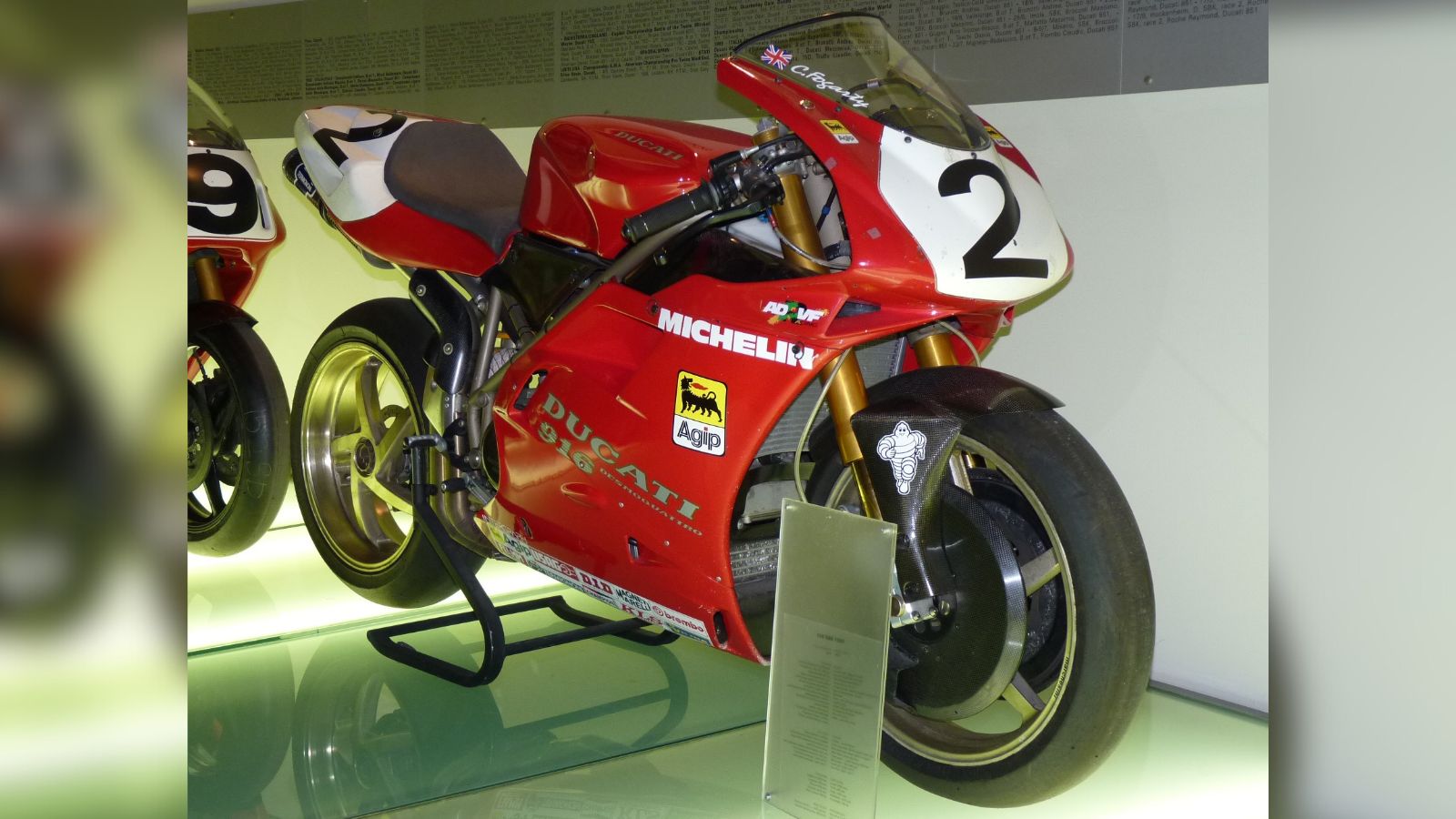
Motorcycling doesn’t get more beautiful than the Ducati 916. Designed by Massimo Tamburini, it was as much sculpture as machine. Its single sided swingarm, under seat exhausts, and sharp lines set a new design benchmark. On the track, it dominated World Superbike racing, proving its performance was as serious as its looks. The 916 gave Ducati an identity that went far beyond Italy and made every rider want a piece of the red dream. It remains one of the most iconic sportbikes ever built.
Yamaha R1 (1998)
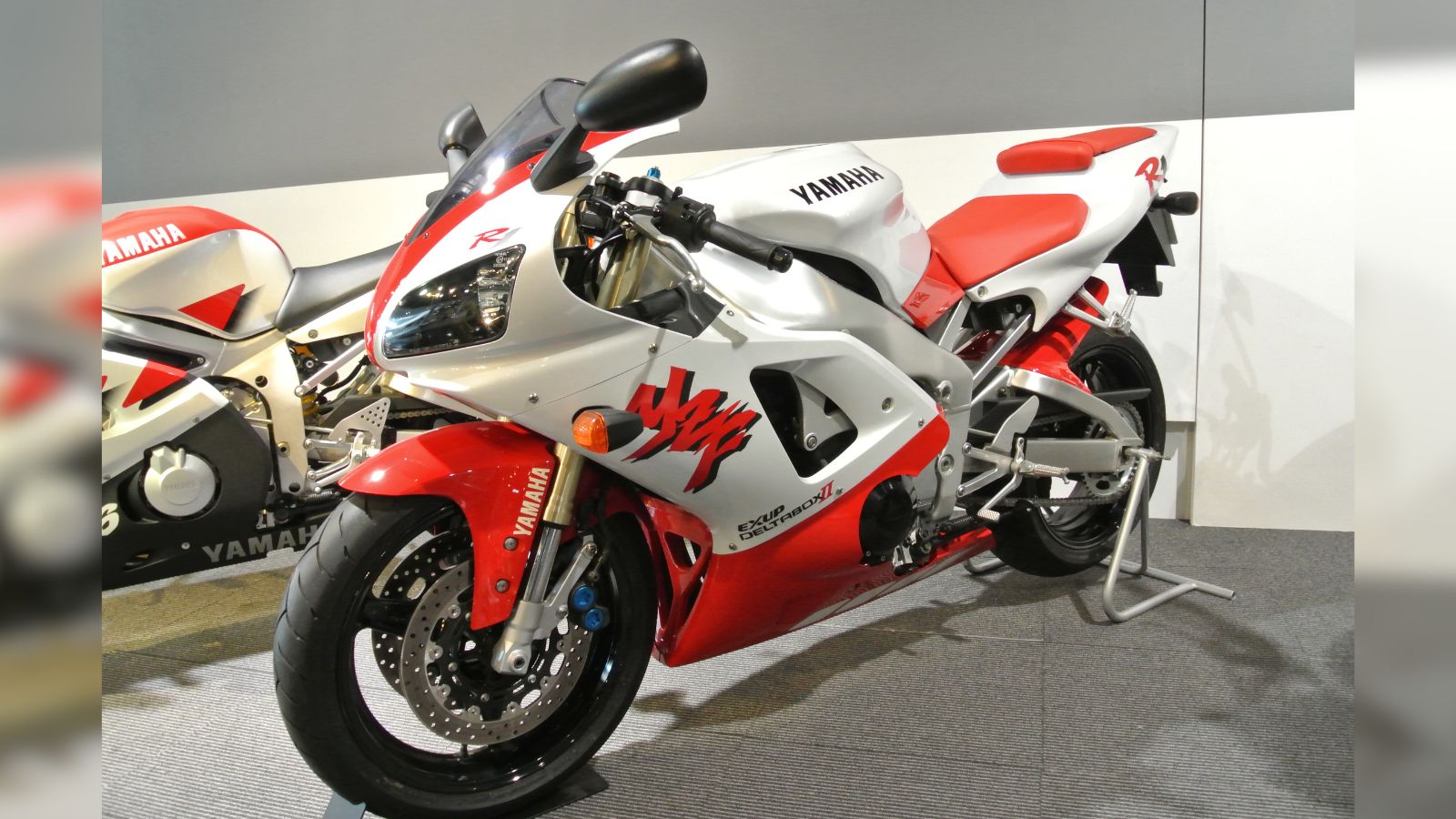
Yamaha’s R1 shook up the literbike market in 1998. With blistering power and a compact chassis, it combined the speed of a monster with the agility of a middleweight. The R1 instantly became the dream bike for speed junkies and remains one of Yamaha’s most successful models. What set it apart was how it made extreme performance rideable, something not every 1000 cc machine could claim. That first R1 created a legacy that continues to define Yamaha’s sportbike lineup.
Triumph Bonneville (2000s Revival)

Triumph pulled off a masterstroke when it revived the Bonneville in the early 2000s. The new model kept the retro charm of the original 1960s icon while offering the reliability and usability of a modern motorcycle. It resonated with both nostalgic riders and younger enthusiasts who loved café racer culture. The Bonneville became the heart of Triumph’s modern classic line, helping the brand re establish itself globally. It showed how retro motorcycles could be both stylish and practical in today’s market.
Suzuki Hayabusa (1999)

No motorcycle symbolizes speed more than the Suzuki Hayabusa. Released in 1999, it smashed through the 300 km/h barrier, becoming the fastest production bike in the world. Its aerodynamic design was mocked by some but praised by those who understood it was built for top speed runs. The Hayabusa quickly gained cult status, inspiring drag racers and tuners everywhere. It was so fast that manufacturers agreed to an informal speed limit afterward. The Hayabusa remains a legend for its sheer audacity.
BMW R1200GS (2004)
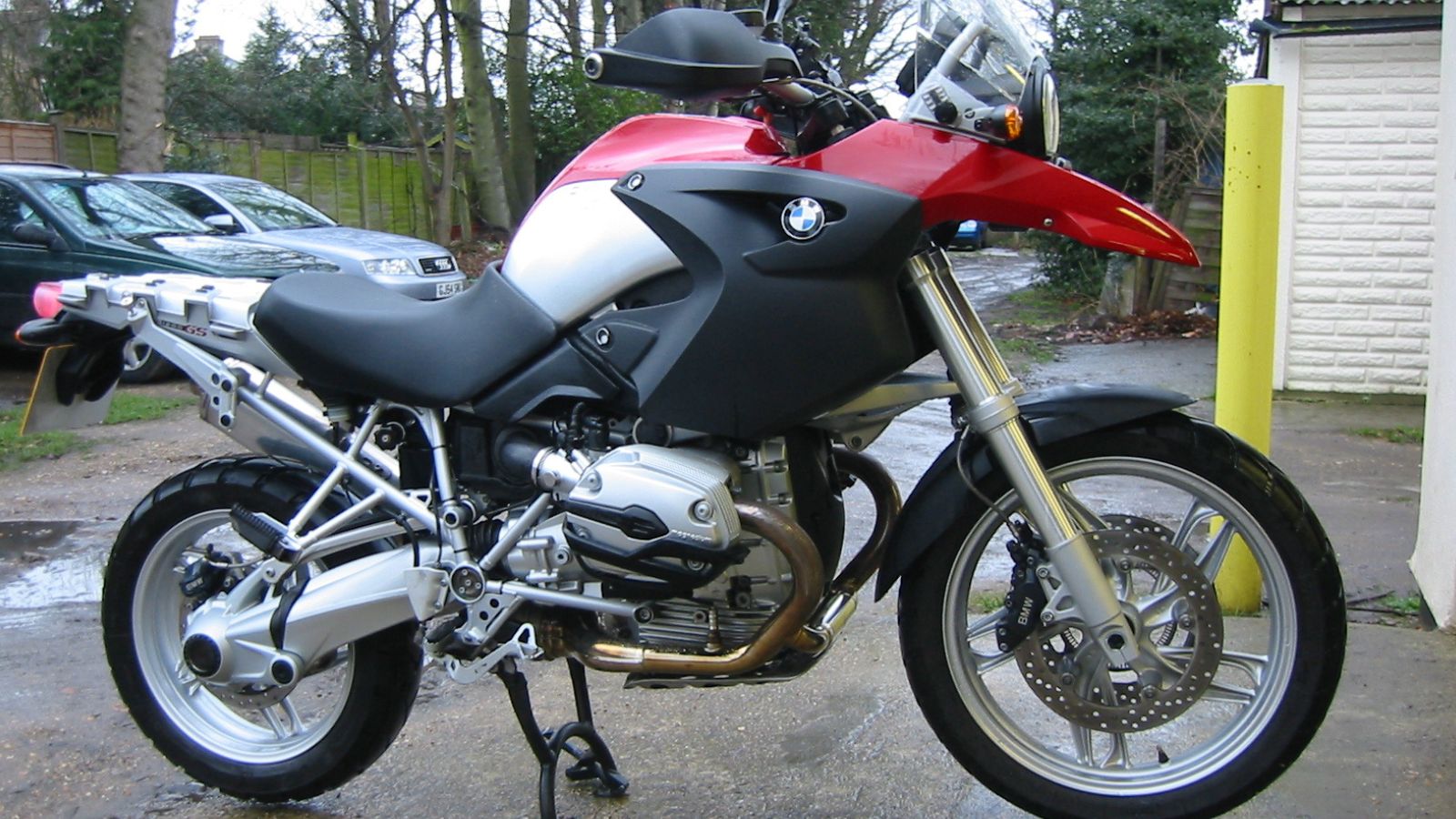
The BMW GS series defined adventure riding, and the R1200GS took it to new heights in 2004. With its boxer twin engine, electronic aids, and versatile design, it became the bike for exploring the world. Shows like Long Way Round turned it into a cultural icon, and sales reflected its appeal. The R1200GS proved that a motorcycle could be comfortable, high tech, and capable of crossing continents. For many, it is the ultimate all round motorcycle.
Ducati Monster (1993)
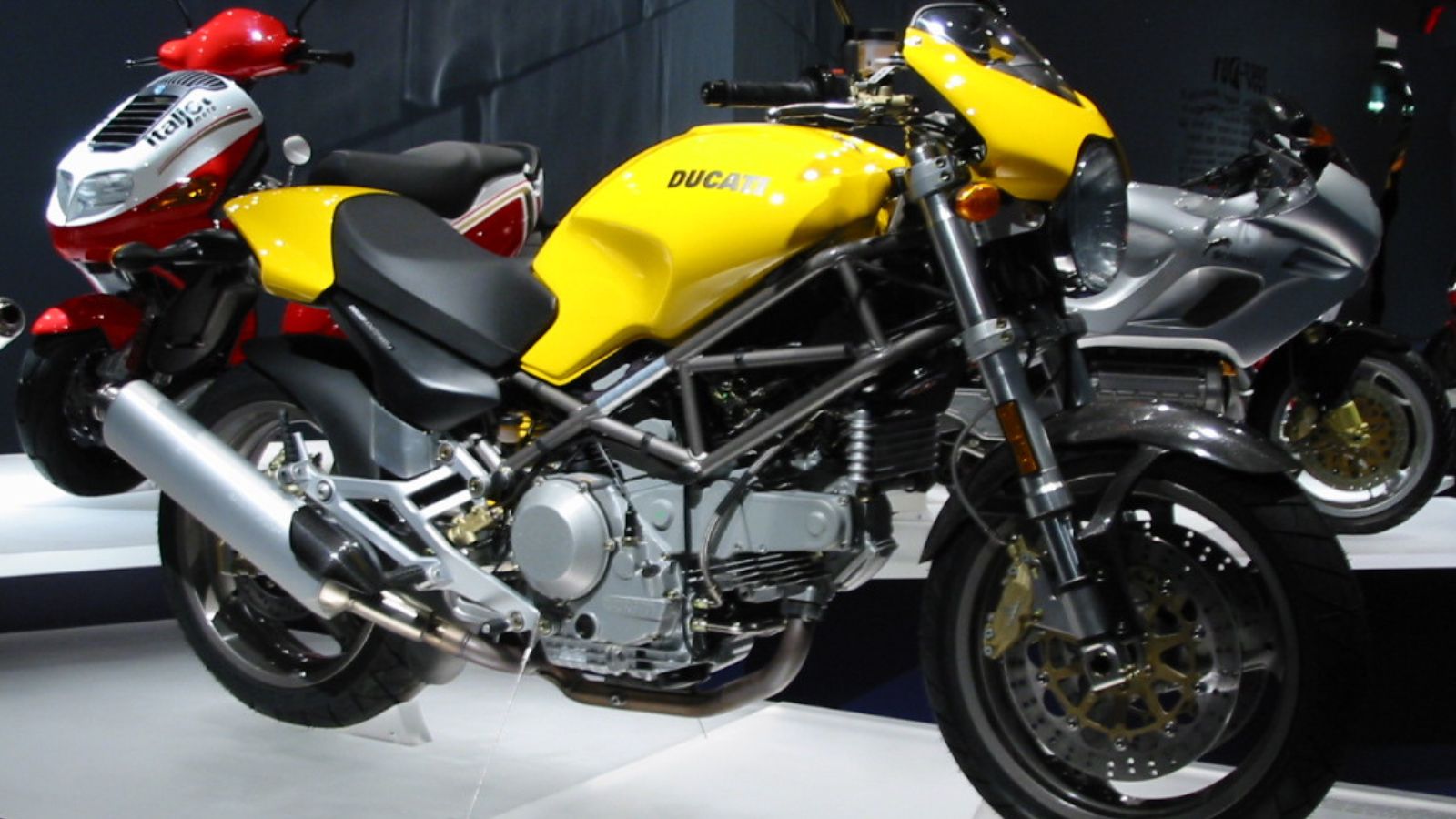
When Ducati released the Monster, it stripped motorcycling down to its essentials. With its exposed trellis frame and muscular look, the Monster created the naked bike craze. Affordable and stylish, it became Ducati’s best selling model and helped keep the company afloat financially. Riders loved its raw character and city friendly design. The Monster showed that not all great motorcycles need full fairings or complex electronics; sometimes simplicity is the ultimate style.
Honda CBR600RR (2003)
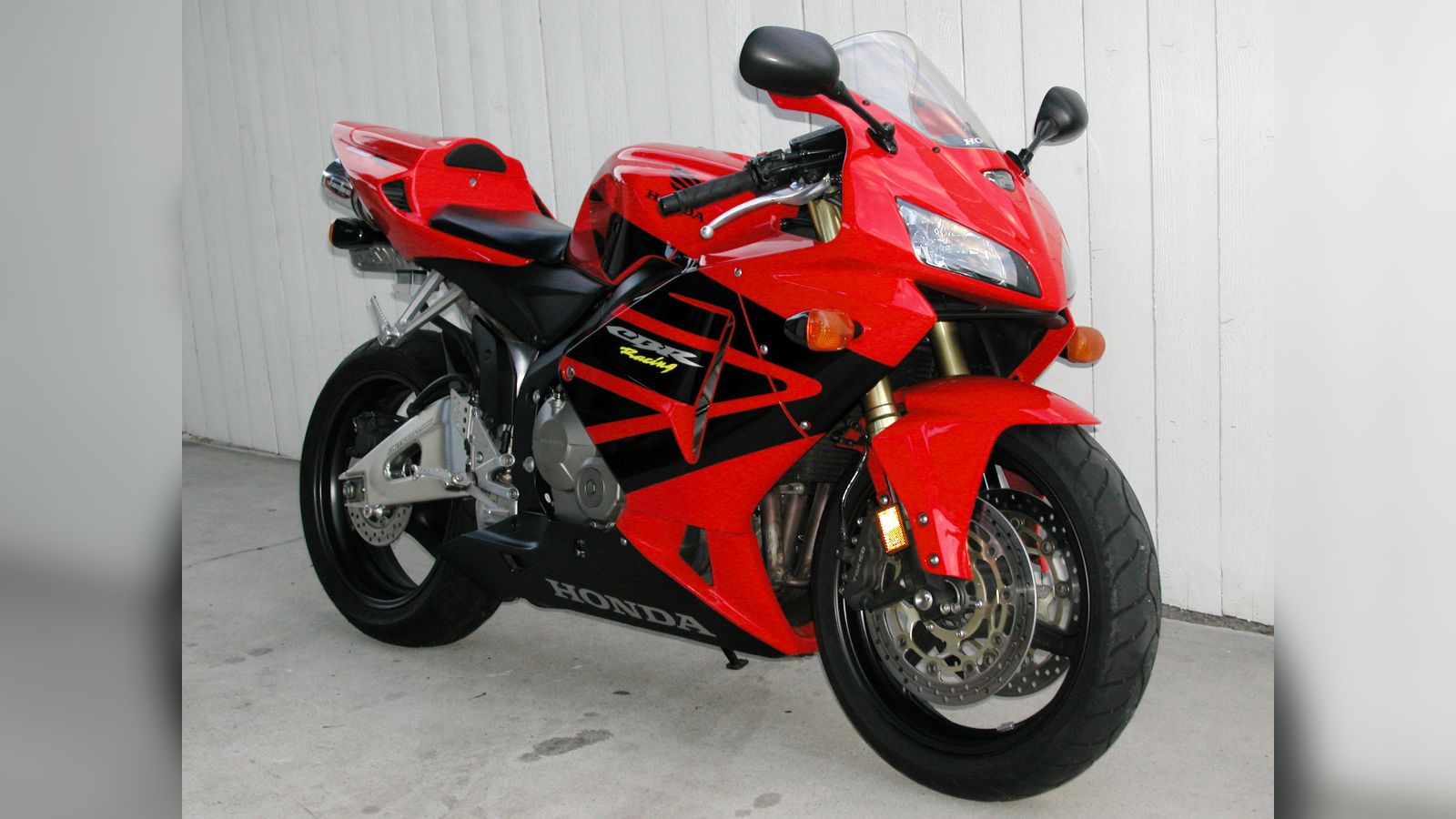
Honda’s CBR600RR became the benchmark for middleweight sportbikes. Offering precision handling and smooth performance, it was equally at home on the racetrack or the street. It dominated racing classes and earned a reputation as the best balanced sportbike of its time. Riders who wanted speed without the intimidation of a literbike gravitated to the 600RR. Even today, when the 600 class has largely faded, the CBR600RR is remembered as one of Honda’s finest motorcycles.
Harley Davidson V Rod (2001)
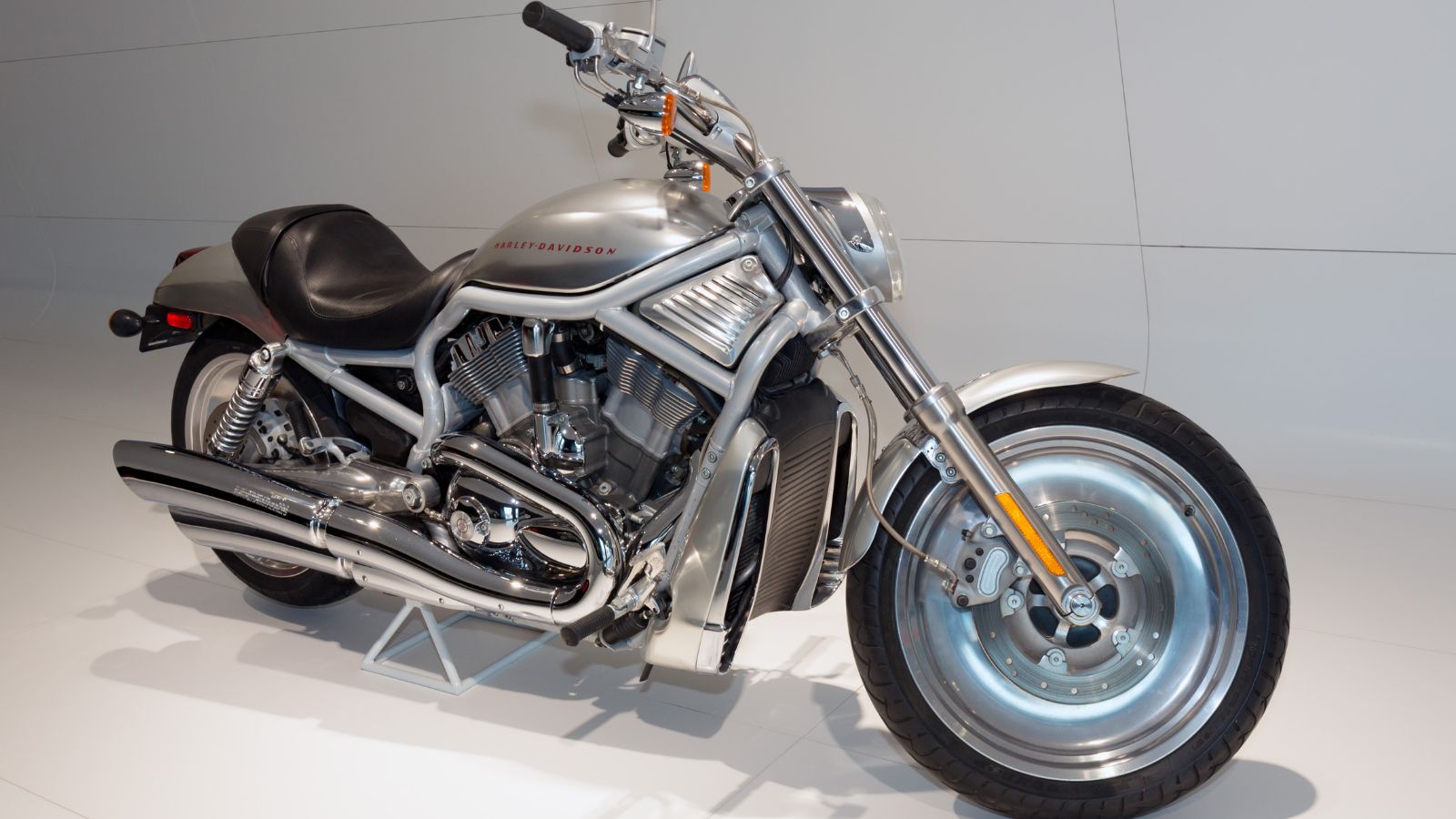
In 2001, Harley broke its own mold with the V Rod. Built with a Porsche designed liquid cooled engine, it was unlike anything the company had made before. Sleek, powerful, and aimed at a younger crowd, the V Rod was Harley’s attempt to reach beyond its traditional fan base. Some purists hated it, but many riders embraced its performance and modern styling. While eventually discontinued, it left behind a loyal following and a bold chapter in Harley’s history.
KTM 390 Duke (2013)

Small bikes used to mean boring, but KTM changed that with the 390 Duke. Compact, aggressive, and fun, it proved that you don’t need a massive engine to have a blast. It appealed to new riders while still thrilling veterans who loved its sharp handling. The 390 Duke helped make small displacement bikes desirable again, especially in markets like North America where they were often overlooked. It’s a reminder that pure fun doesn’t always come in big packages.
Indian Scout (2015 Revival)
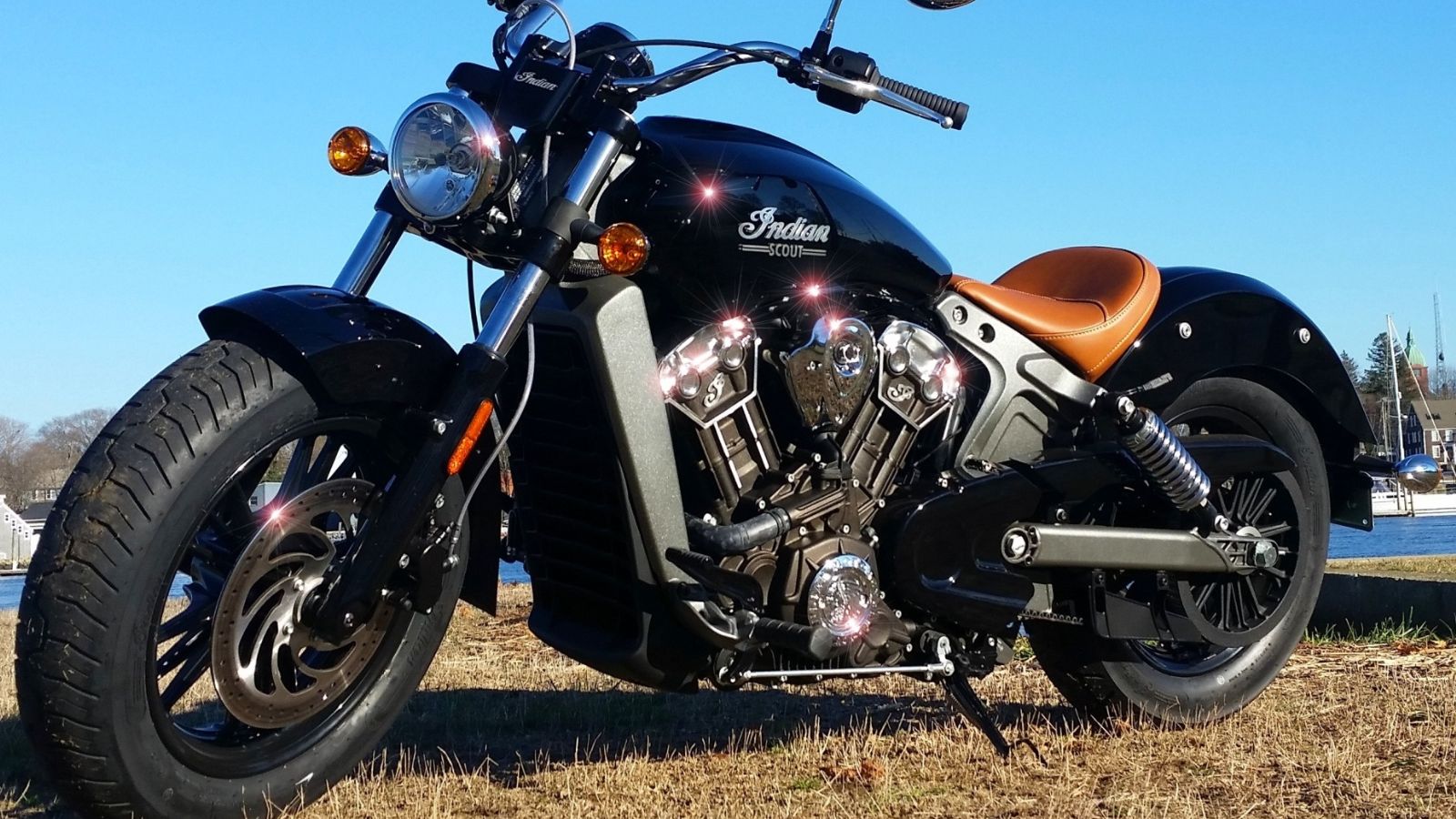
Indian’s rebirth under Polaris brought us the modern Scout, a cruiser that captured the brand’s heritage while feeling thoroughly modern. With a strong V twin engine and approachable design, it stood out from Harley’s offerings and gave riders a fresh alternative in the cruiser market. The Scout quickly built a dedicated fan base and reminded everyone that Indian was once Harley’s greatest rival. Its revival added fresh energy to the American cruiser scene.
25 Facts About Car Loans That Most Drivers Don’t Realize

Car loans are one of the most common ways people fund car purchases. Like any other kind of loan, car loans can have certain features that can be regarded as an advantage or a disadvantage to the borrower. Understanding all essential facts about car loans and how they work to ensure that you get the best deal for your financial situation is essential. Here are 25 shocking facts about car loans that most drivers don’t realize:
25 Facts About Car Loans That Most Drivers Don’t Realize
